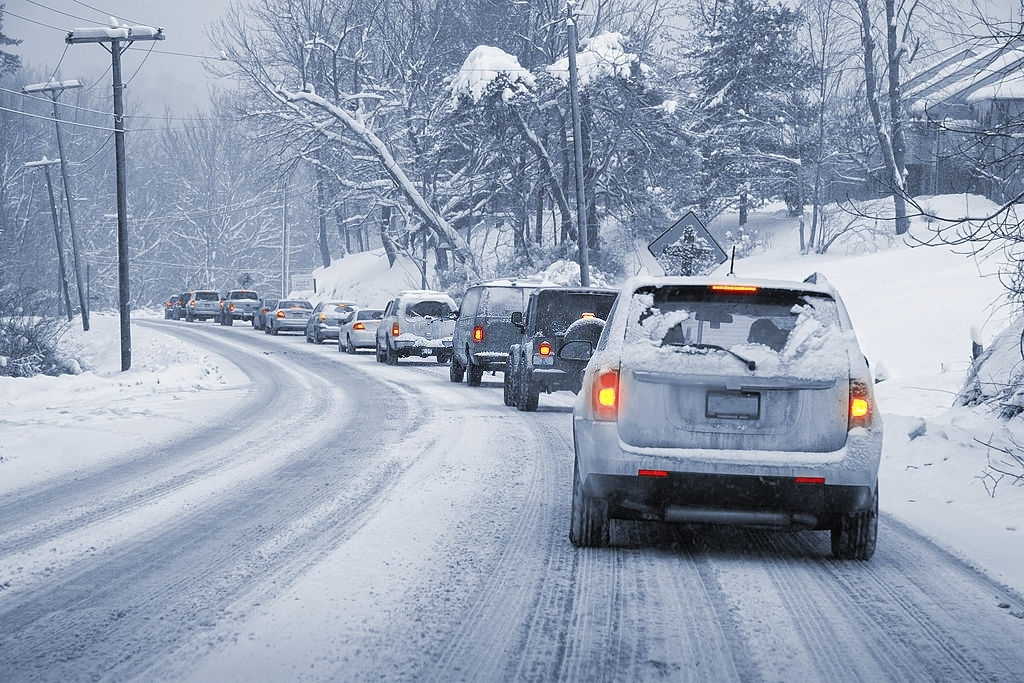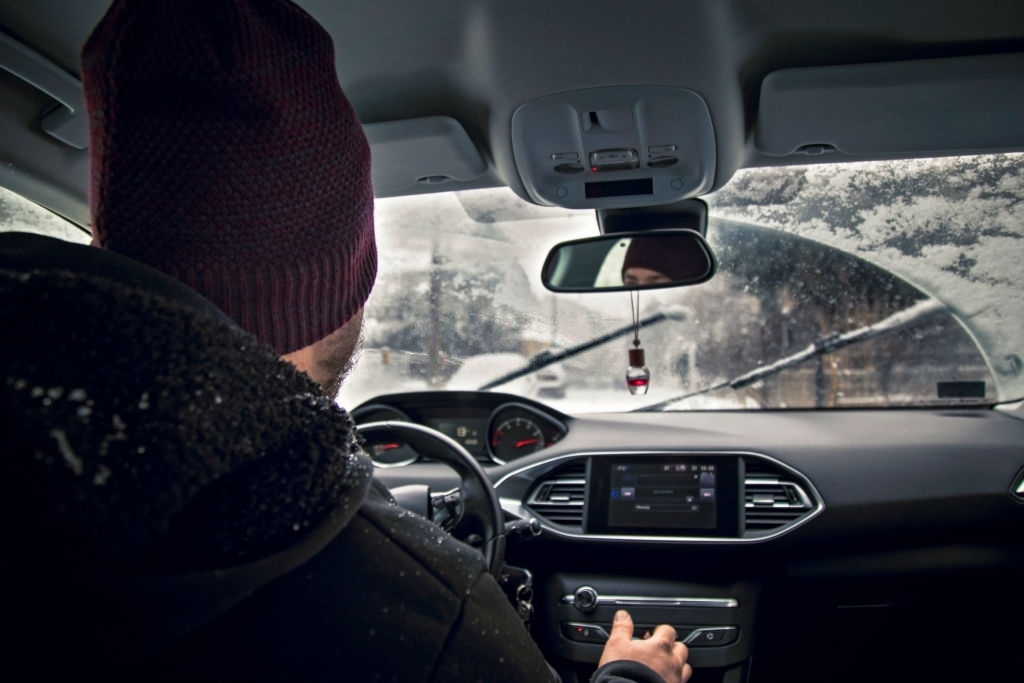When transmission shifts hard when cold, it could be a frustrating thing to deal with.
After all, the last thing you want is to encounter issues with shifting your gear. This is why it makes perfect sense to look into the possible reasons why this happens and what you can do about it.
Here are the reasons why your transmission may be shifting hard when cold and what you can do about it.

Contents
Transmission Shifts Hard When Cold
There are certain problems that occur with your transmission, especially when the weather is cold. For instance, the parts may contract because of the frigid temperatures. Thus, the components may end up wearing faster or leading to leaks as the seals are no longer as tight as they used to be.
Additionally, the viscosity of your transmission fluid becomes thicker. Ideally, you want the temperature to be about 175 degrees. Otherwise, the fluid thickens up, which makes it difficult to lubricate motor parts. Hence, these components wear down prematurely.
And typically, shifting problems occur when the weather is very cold. There are delays in the shifting points, thus causing each shift to be much more difficult. Then, the hard shift cause an increase in pressure on various parts, leading to failure over time.
What To Do When Transmission Shifts Hard

Transmissions are controlled by your vehicle’s computer systems. This is why they generally have high adaptive capabilities. So, when you notice some issues with the transmission, it could mean that the internal or external conditions are already exhausted and worn out.
This is why if you want to prolong the lifespan of the transmission, you need to consider applying these steps, especially in winter.
1. Drive slowly.
You need to get the transmission and engine at a desirable normal temperature. Thus, you should drive as slowly as possible for the initial few miles to make this possible.
2. Avoid Too Much Idling
There are many problems involved when you remain at a long idle. Your car is not only generating more pollution, but it also causes damages to the catalytic converter while using up more expensive fuel. In the long run, this causes damage to your car’s internal parts.
3. Reduce Shifting To A Minimum
If you can, do not shift too much between reverse, drive, and park. Too much shifting leads to a more severe pressure on your cold transmission. This may end up deteriorating your internal parts sooner than later.
Additional Tips For Transmission Shifting Hard When Cold

To resolve your issue with transmission shifting hard when cold, you need to warm your engine up before letting it run at a normal speed. Once the computer senses that the transmission is no longer cold, it will be able to work at its optimal performance.
As much as possible, store the car in a garage that has a climate control feature. It needs to be warm enough just to reduce the chances of the parts shrinking and the fluid thickening. As long as the temperature is above freezing, yet not hot, it should be perfectly fine.
Also, you may want to consider getting an engine heater. It is particularly helpful in areas where it gets very cold. Choose an engine heater that you can easily plug right into your wall outlet. This should warm the engine prior to driving the vehicle out in the early morning.
And lastly, consider using synthetic types of transmission fluid. These are generally more adaptive to the cold, which is why the fluid should not thicken fast. Just be sure to choose the right synthetic fluid that is compatible with your vehicle to avoid any problems.
Read More: Intermittent Vibration At Highway Speeds And Why It Happens
Bottom Line
These are just some of the reasons – and solutions – for transmission shifting hard when cold. We hope we were able to help you address this issue and figure out the best course of action to ensure a smoother and safer drive.